This article was co-authored by Jonathan Frank, MD. Dr. Jonathan Frank is an Orthopedic Surgeon based in Beverly Hills, California, specializing in sports medicine and joint preservation. Dr. Frank's practice focuses on minimally invasive, arthroscopic surgery of the knee, shoulder, hip, and elbow. Dr. Frank holds an MD from the University of California, Los Angeles School of Medicine. He completed an orthopedic residency at Rush University Medical Center in Chicago and a fellowship in Orthopedic Sports Medicine and Hip Preservation at the Steadman Clinic in Vail, Colorado. He is a staff team physician for the US Ski and Snowboard Team. Dr. Frank is currently a scientific reviewer for top peer-reviewed scientific journals, and his research has been presented at regional, national, and international orthopedic conferences, winning several awards including the prestigious Mark Coventry and William A Grana awards.
There are 7 references cited in this article, which can be found at the bottom of the page.
This article has been viewed 66,796 times.
Knock knees is a medical condition in which a person’s knees point inward and touch when they stand. While the condition is most prevalent in children younger than 10 years old, it can also afflict adults of any age. In nearly all cases of early-childhood knock knees, the condition will resolve itself in time. For adults, the condition can be treated relatively easily through dietary and lifestyle changes. However, see your doctor if you’re in pain or can’t walk, you develop knock knees in adulthood, you don’t improve after 2-3 months, or your child has abnormal knock knees.
Steps
Correcting Knock Knees in Children
-
1Allow the issue to correct itself in children under 7. Although seeing your child walk with their knees touching and their ankles apart can be worrisome, it’s no cause for medical concern. The condition corrects itself over time in nearly all cases. As toddlers learn to walk and hold their bodies upright, the knee issue will correct itself.[1]
- Knock knees are considered a common condition for children under the age of 3, as more than 20% of toddlers walk with knock knees. However, less than 1% of 7 year olds still have knock knees.[2]
-
2Use a nighttime shoe brace for an older child, if recommended. If your child’s knock knees persist after the child turns 7, the doctor may recommend a shoe brace. This device is only worn at nighttime and will help straighten out the child’s knees.
- Medical corrective devices like metal braces used to be used to help correct knock knees in children. However, now these devices are seen as largely useless and often emotionally detrimental to children forced to wear them.[3]
- In cases of severe, long-lasting knock knees, your pediatrician may recommend corrective surgery.
Advertisement -
3Get your child orthopedic shoes as another option. Talk to your doctor to find out if orthopedic shoes are right for your child. Typically, they’ll only recommend the shoes once your child is over age 7. If worn regularly, the shoes can help straighten your child’s legs.[4]
- In some cases, your doctor may be able to provide you with orthopedic footwear that look like normal shoes.
- Don't worry that you've done something incorrectly to cause your child to be knock-kneed—some people are knock-kneed simply because of their genetics.[5]
Curing Knock Knees in Adults
-
1Lose weight to take unnecessary pressure off of your knees. Knock knees may occur due to pressure on your legs due to extra body weight.[6] The added bodyweight can put a great deal of strain and pressure on the person’s knees, causing the joints to flex inward. Losing weight to avoid obesity can also help lower your risk of developing arthritis, which frequently causes knock knees in aging adults.[7]
- There is no single weight range that’s ideal for every person. Talk to your doctor and ask about ways you can reach a healthy, reasonable, sustainable weight.
-
2Avoid high-impact physical exercise to avoid straining your knees. If you have begun seeing signs of knock knees, try to cut high-impact physical exercises out of your workout routine. These sports and exercises place a great deal of strain on your knees and can worsen (or accelerate) the progress of the knock knees. Taking a break from these activities will give your knees a chance to heal. High-impact exercises include:[8]
- Jogging or running
- Playing soccer or tennis
- Playing basketball or football
-
3Include vitamin D and calcium to your diet to strengthen your bones. Stronger bones may help you heal your knock knees faster. Your body produces vitamin D when exposed to sunlight. Make an effort to spend at least 5-10 minutes outside at least 2-3 times per week. This will decrease your risk of arthritis, which in turn will lower your chances of contracting knock knees.[9]
- You can also take an over-the-counter vitamin D supplement if you’re in an environment without much sunlight.
-
4Consume calcium to reduce your risk of arthritis and knock knees. Preserving bone strength and reducing your risk of arthritis is a large part of limiting the onset of knock knees in adults. To this end, adults ages 19-50 should consume at least 1,000 mg of calcium per day.[10] You can purchase over-the-counter calcium pills at a local drug store, or add calcium-rich foods to your diet. You can find calcium in foods like:[11]
- Milk and butter
- Yogurt and cheese
- Broccoli, spinach, and beans
When to Seek Medical Care
-
1Talk to your doctor immediately if you’re in pain or can’t walk. Usually, knock knees don’t cause noticeable symptoms. However, you may develop pain if your knock knees are severe or you could have trouble walking. If this happens, you need to see your doctor to get additional treatment. Ask them what you can do to relieve your symptoms.[12]
- Your doctor can help you create a treatment plan that works for you.
-
2Visit your doctor if you develop knock knees in adulthood. Normally, knock knees is a childhood condition that goes away as you grow up. Rarely, it can develop in adulthood. When this happens, it’s usually caused by an underlying condition that might require treatment. Talk to your doctor to find out if you need additional treatment.[13]
- For instance, arthritis may cause knock knees.
-
3See your doctor if your knock knees don’t improve in 2-3 months. If your knock knees aren't improved through dietary and lifestyle changes, your doctor can help you determine if another condition is causing your symptoms. If the condition lasts for longer than 2-3 months, schedule an appointment with your doctor. When you make your visit, be prepared to answer questions regarding your family medical history. The doctor may also:
- Inspect your legs to see if their lengths differ
- Look at your knees to see if they align
- Ask you to walk around the room to see how your knees move.
-
4Take your child to a pediatrician if their knock knees are abnormal or persist. Occasionally, knock knees is a sign of a medical condition and needs to be checked by a doctor. Schedule an appointment and take your child to the pediatrician if your child doesn't outgrow their knock knees. If your local pediatrician isn’t able to diagnose the issue causing your child’s knock knees, they may refer you to a pediatric orthopedist. Take your child to the doctor if you notice any of the following symptoms:[14]
- Extreme and abnormal-looking leg curvature
- Unequal leg curvature between the right and left legs, such as leaning to one side
- Knock knees persisting after the child turns 7
- If the child is abnormally short for their age and can't stand up straight
-
5Talk to your doctor about orthotic shoe inserts to modify knock knees. If your doctor believes that orthotics will be useful in improving your knock knees, they may suggest that you try to physically re-align the angle of your knees with orthotics. You’ll place the orthotics into the bottoms of your shoes and alter the angle at which you walk or at which your foot touches the ground.
- You can purchase orthotics at a physical therapy supply store or at a medical supply store.
-
6Ask your doctor about exercises to decrease knock knees. If you’re healthy enough to perform exercises, your doctor can recommend an exercise regimen that will strengthen your leg muscles and let the knock knees correct themselves. In some cases, the doctor will also recommend that you work with a physical therapist. Recommended exercises include:
-
7Discuss surgery if all other treatments have failed. If you have a severe, painful case of knock knees that doesn’t respond to any other means of treatment, surgery may be the only remaining option. In most instances, the doctor will perform an osteotomy by inserting a small permanent metal plate into your knee. The plate will align your knees properly to fix the leaning joints.
- You shouldn’t feel any pain during the operation, since you’ll have been given a local anesthetic. After surgery, you will likely experience discomfort during your recovery.
Expert Q&A
Did you know you can get expert answers for this article?
Unlock expert answers by supporting wikiHow
-
QuestionHow do you get rid of knock knees naturally?
 Jonathan Frank, MDDr. Jonathan Frank is an Orthopedic Surgeon based in Beverly Hills, California, specializing in sports medicine and joint preservation. Dr. Frank's practice focuses on minimally invasive, arthroscopic surgery of the knee, shoulder, hip, and elbow. Dr. Frank holds an MD from the University of California, Los Angeles School of Medicine. He completed an orthopedic residency at Rush University Medical Center in Chicago and a fellowship in Orthopedic Sports Medicine and Hip Preservation at the Steadman Clinic in Vail, Colorado. He is a staff team physician for the US Ski and Snowboard Team. Dr. Frank is currently a scientific reviewer for top peer-reviewed scientific journals, and his research has been presented at regional, national, and international orthopedic conferences, winning several awards including the prestigious Mark Coventry and William A Grana awards.
Jonathan Frank, MDDr. Jonathan Frank is an Orthopedic Surgeon based in Beverly Hills, California, specializing in sports medicine and joint preservation. Dr. Frank's practice focuses on minimally invasive, arthroscopic surgery of the knee, shoulder, hip, and elbow. Dr. Frank holds an MD from the University of California, Los Angeles School of Medicine. He completed an orthopedic residency at Rush University Medical Center in Chicago and a fellowship in Orthopedic Sports Medicine and Hip Preservation at the Steadman Clinic in Vail, Colorado. He is a staff team physician for the US Ski and Snowboard Team. Dr. Frank is currently a scientific reviewer for top peer-reviewed scientific journals, and his research has been presented at regional, national, and international orthopedic conferences, winning several awards including the prestigious Mark Coventry and William A Grana awards.
Sports Orthopedic Surgeon & Joint Preservation Specialist
References
- ↑ https://www.nhs.uk/conditions/knock-knees/
- ↑ https://www.medicalnewstoday.com/articles/319894.php
- ↑ https://www.healthychildren.org/English/health-issues/conditions/orthopedic/Pages/Bowlegs-and-Knock-Knees.aspx
- ↑ https://www.childrensdmc.org/services/orthopedics/patient-and-family-resources/does-your-child-have-bowlegs-or-knock-knees
- ↑ Jonathan Frank, MD. Sports Orthopedic Surgeon & Joint Preservation Specialist. Expert Interview. 31 July 2020.
- ↑ Jonathan Frank, MD. Sports Orthopedic Surgeon & Joint Preservation Specialist. Expert Interview. 31 July 2020.
- ↑ https://www.hss.edu/playbook/ask-the-expert-dr-austin-fragomen-orthopedic-surgeon-answers-your-questions-on-knock-knees/
- ↑ https://www.hss.edu/playbook/ask-the-expert-dr-austin-fragomen-orthopedic-surgeon-answers-your-questions-on-knock-knees/
- ↑ https://www.nhs.uk/conditions/knock-knees/
- ↑ https://medlineplus.gov/ency/article/002062.htm
- ↑ https://medlineplus.gov/ency/article/002062.htm
- ↑ https://www.nhs.uk/conditions/knock-knees/
- ↑ https://www.nhs.uk/conditions/knock-knees/
- ↑ https://www.healthychildren.org/English/health-issues/conditions/orthopedic/Pages/Bowlegs-and-Knock-Knees.aspx
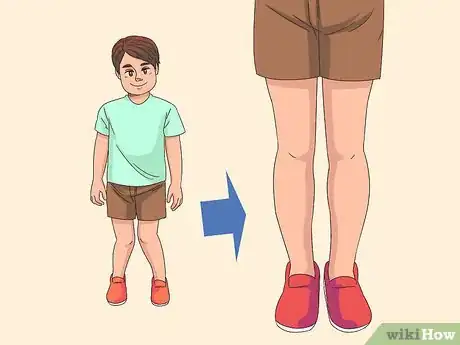
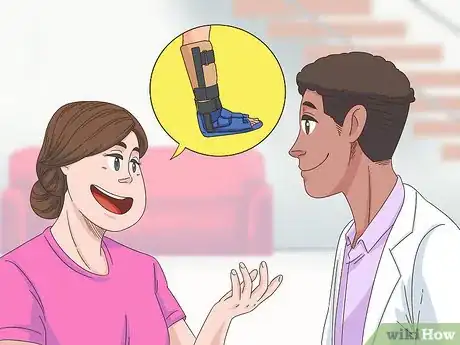


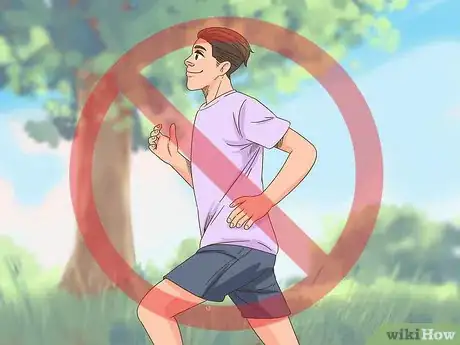


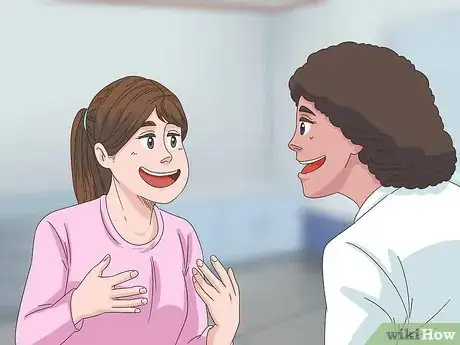
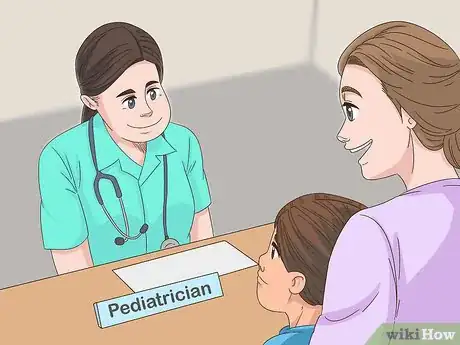
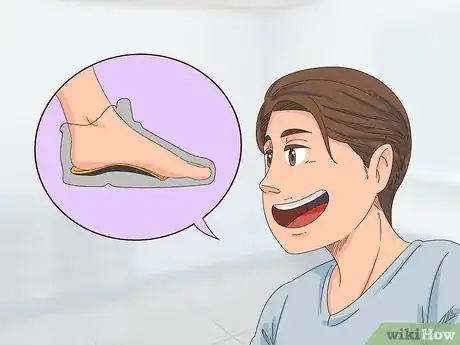
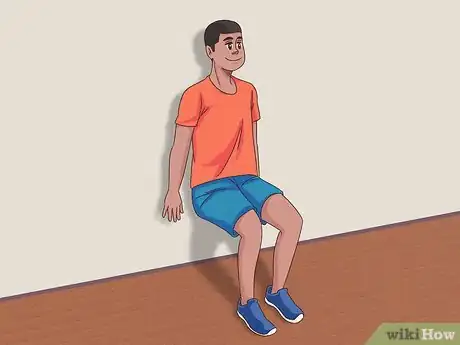
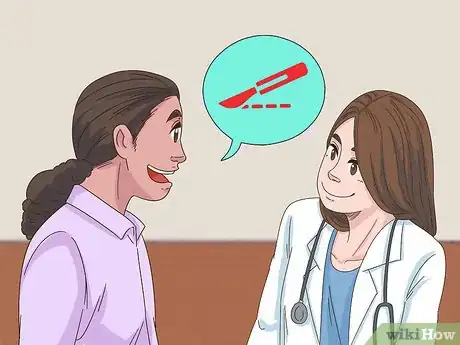
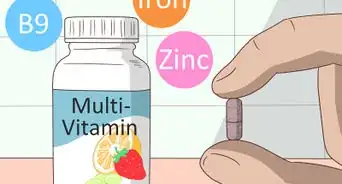
-Step-10-Version-2.webp)
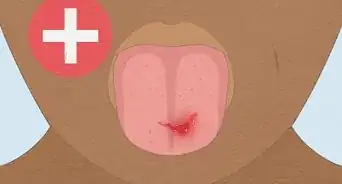
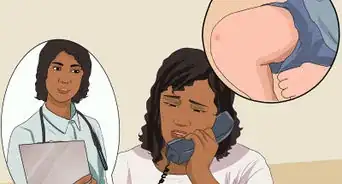


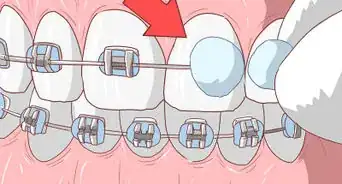
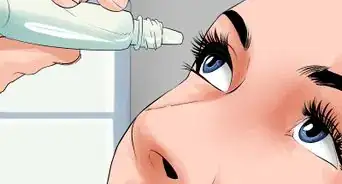
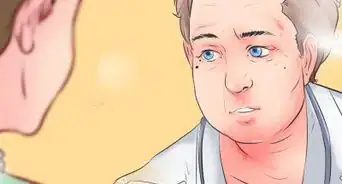
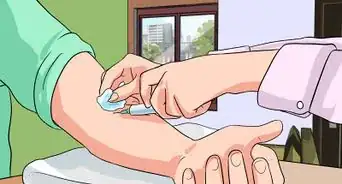










-Step-10-Version-2.webp)





































Medical Disclaimer
The content of this article is not intended to be a substitute for professional medical advice, examination, diagnosis, or treatment. You should always contact your doctor or other qualified healthcare professional before starting, changing, or stopping any kind of health treatment.
Read More...